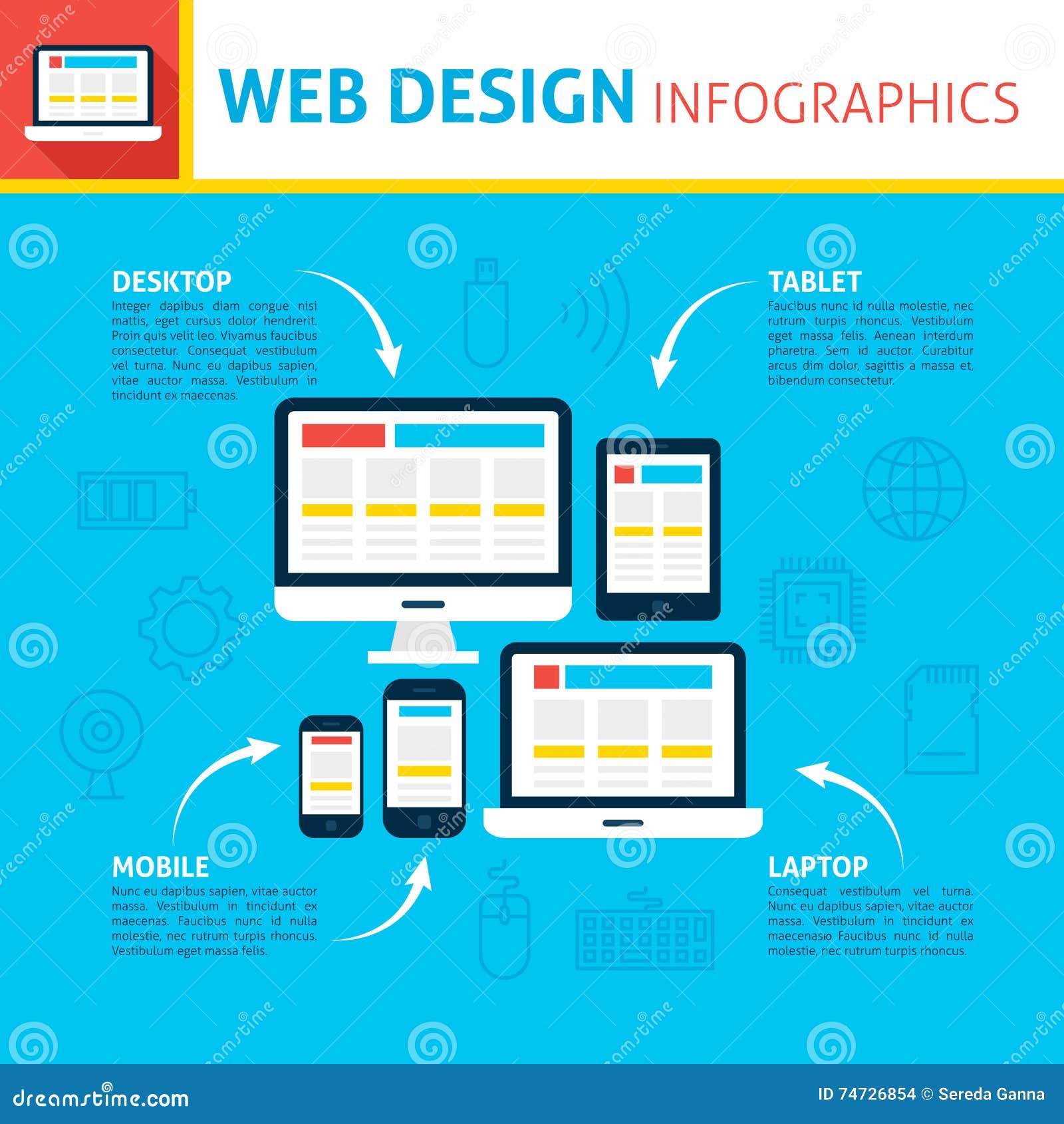When it involves internet site layout, making sure user-friendliness is vital. From receptive layout to structured navigating, every component plays a vital function in producing a site that accommodates your target market's demands. Yet what regarding the finer information that can make or break a customer's browsing experience? Keep tuned as we uncover some often-overlooked pointers that can elevate your web site's use to the following degree, making it absolutely attract attention in the electronic landscape.
Relevance of Responsive Layout
Receptive design is an important element of modern-day site development. Ensuring your website is responsive methods that it can adjust to different screen dimensions and devices, supplying a seamless experience for users.
With the increasing use of mobile phones and tablets to access the net, having a receptive design is important for reaching a wider audience. It helps in boosting individual experience by making your website easy to browse and keep reading any kind of tool.
Furthermore, receptive layout can favorably influence your internet search engine rankings, as internet search engine like Google prioritize mobile-friendly websites. By having a receptive design, you're additionally future-proofing your website, as brand-new gadgets with varying screen dimensions continue to arise.
Simplify Navigating Framework
To improve individual experience and help with simple accessibility to information on your site, simplifying the navigating framework is extremely important. When developing your website, concentrate on creating a clear and intuitive navigating food selection that helps visitors locate what they're trying to find swiftly.
Limit the number of food selection items to the essentials, organizing associated web pages with each other to avoid frustrating customers. Usage descriptive labels that clearly suggest the content of each web page, making it easier for customers to comprehend where each web link will take them.
Consider applying dropdown menus for subcategories to stop littering the primary navigating bar. In addition, include a search bar plainly on the page for users that favor looking for details details.
Focus on mobile responsiveness in your navigation design to guarantee very easy gain access to on all tools.
Enhance Page Lots Rate
Improving web page load rate is important for keeping site visitors on your web site. Slow-loading https://consulting-loveland67654.blogrelation.com/38183267/start-your-web-site-s-seo-success-with-specialist-techniques-for-boosting-internet-search-engine-positions-through-web-design-discover-exactly-how and can lead to high bounce rates. To maximize web page tons rate, start by optimizing images. Compress images without jeopardizing top quality to minimize their file dimensions.
Additionally, make it possible for browser caching to keep regularly accessed resources locally, quickening load times for returning visitors. Minify CSS, JavaScript, and HTML files by getting rid of unneeded personalities, remarks, and format, improving load rate.
Think about utilizing a web content distribution network (CDN) to distribute your website's web content throughout multiple servers worldwide, minimizing latency for customers accessing your site from various locations. Last but not least, restrict the use of third-party manuscripts and plugins, as they can substantially impact load times.
Final thought
In conclusion, by integrating receptive design, simplifying navigation, and enhancing page tons rate, you can produce an user-friendly web site that attract a bigger target market and enhances user experience. These essential elements make sure that visitors can quickly accessibility and browse your site across different tools, resulting in boosted interaction and complete satisfaction. By focusing on these vital aspects, you can build an effective web site that maintains users coming back for even more.
